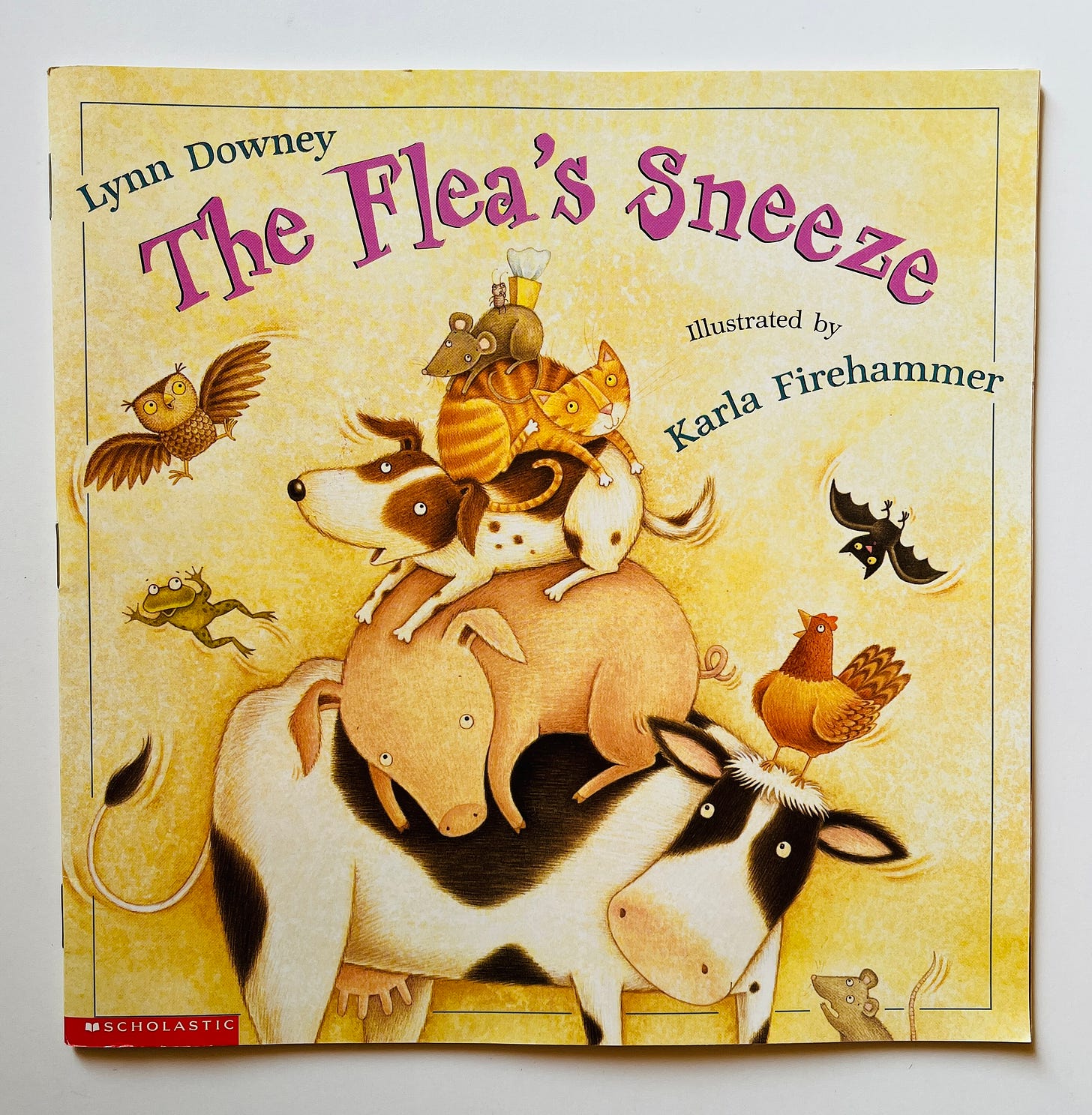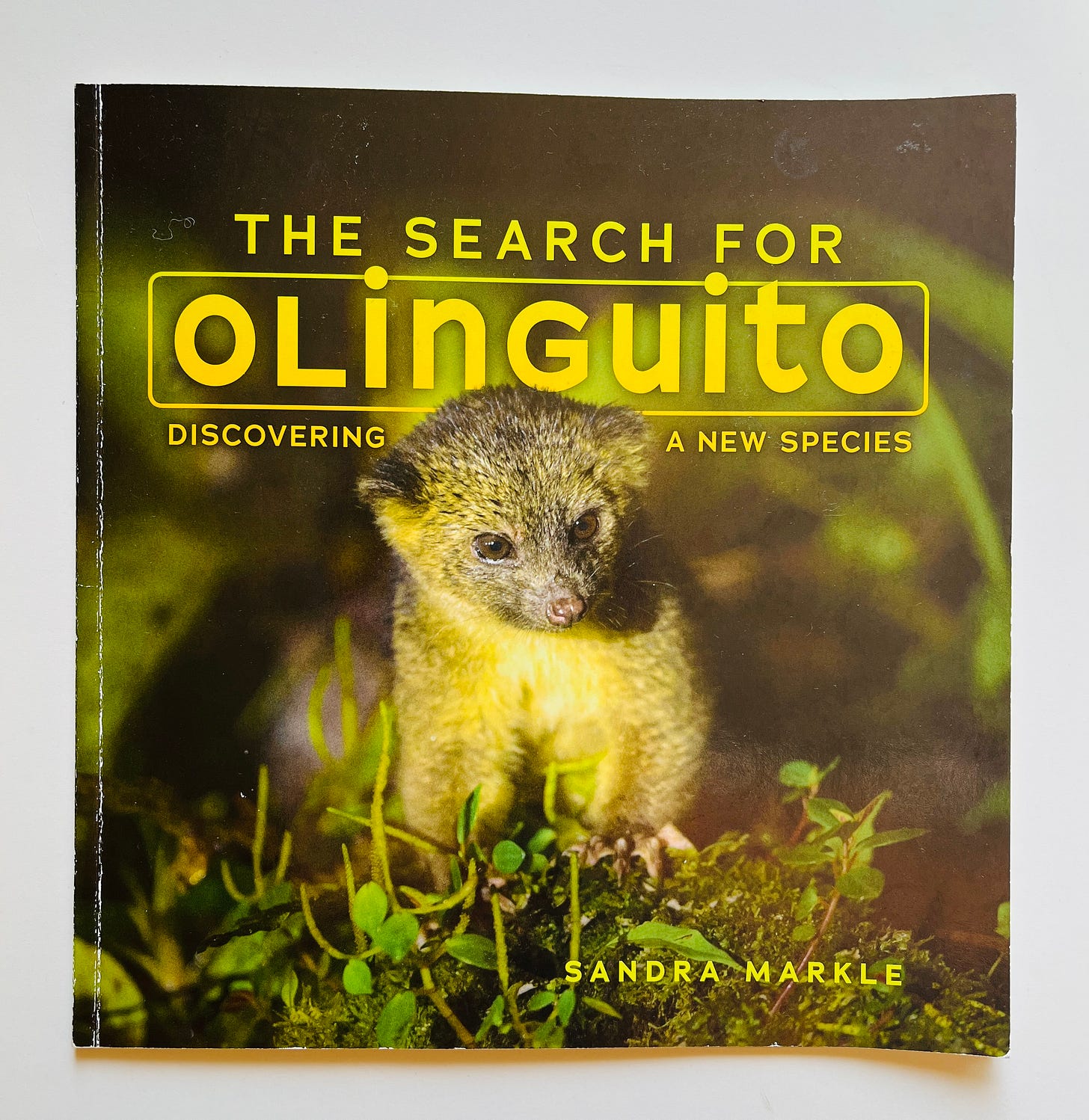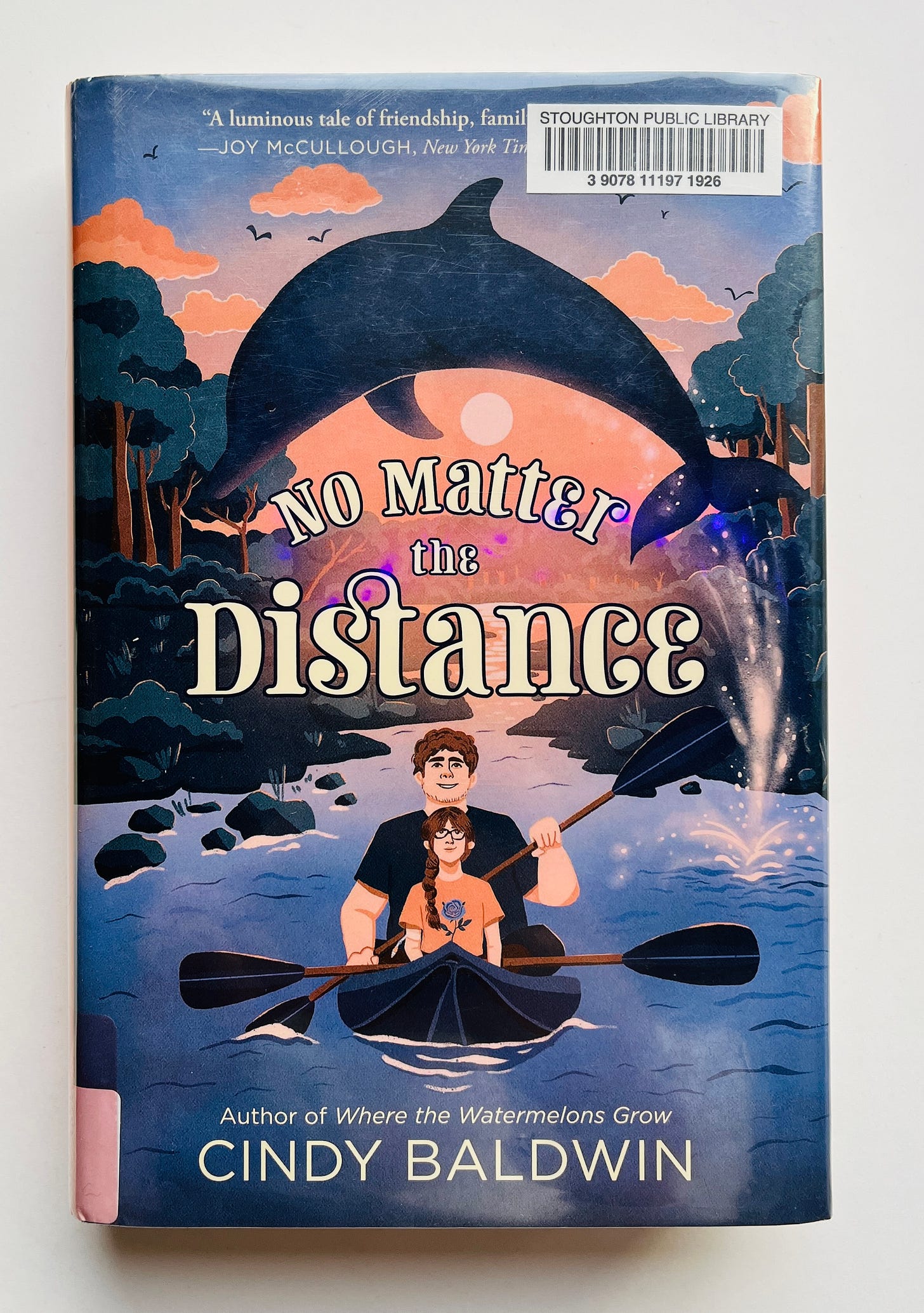Good morning.
Here is a poem I was recently introduced to via Liz Lamoreux’s wonderful (December) Five Things journaling course (which I heard about via my fellow Bookstacker friend,
) that is worth sharing:“What the Living Do” by Marie Howe
Johnny, the kitchen sink has been clogged for days, some utensil probably fell down there.
And the Drano won’t work but smells dangerous, and the crusty dishes have piled upwaiting for the plumber I still haven’t called. This is the everyday we spoke of.
It’s winter again: the sky’s a deep, headstrong blue, and the sunlight pours throughthe open living-room windows because the heat’s on too high in here and I can’t turn it off.
For weeks now, driving, or dropping a bag of groceries in the street, the bag breaking,I’ve been thinking: This is what the living do. And yesterday, hurrying along those
wobbly bricks in the Cambridge sidewalk, spilling my coffee down my wrist and sleeve,I thought it again, and again later, when buying a hairbrush: This is it.
Parking. Slamming the car door shut in the cold. What you called that yearning.What you finally gave up. We want the spring to come and the winter to pass. We want
whoever to call or not call, a letter, a kiss—we want more and more and then more of it.But there are moments, walking, when I catch a glimpse of myself in the window glass,
say, the window of the corner video store, and I'm gripped by a cherishing so deepfor my own blowing hair, chapped face, and unbuttoned coat that I’m speechless:
I am living. I remember you.
The Girl and the Wolf by Katherena Vermette, illustrated by Julie Flett (2019)
In a refreshing and welcome indigenous spin on the classic tale of “Little Red Riding Hood,” Métis author Vermette turns the Big Bad Wolf into a wise, knowing, and helpful partner to Red Riding Hood, who in this story is simply called “the girl.”
I’ve written in the past that I don’t think variations, retellings, or parodies of folk or fairy tales should be shared with young children before they know the original story — the revisions just don’t make sense otherwise — but this is one notable, beautiful exception to that opinion: the differences here make this narrative something else altogether, a new way of looking at the world and what we consider dangerous, and how we say thank you for the help we receive from unlikely sources.
As always, Flett, a Cree-Métis artist whose watercolor and handmade textile illustrations are stunning and increase the deep beauty of this title, makes it even better than it would be otherwise — and it’s already a quiet, truly lovely tale.
Let’s Eat by Ana Zamorano, illustrated by Julie Vivas (1996)

Let’s Eat! is one of a short list of titles that depict family or community meal-time life in such a warm and loving way I just want to drop straight into the book for my next dinner (see also: Feast for 10 by Cathryn Falwell; Bee-Bim Bop! by Linda Sue Park and Ho Baek Lee; Thank You, Omu! by Oge Mora; and The Tea Party in the Woods by Akiko Mayakoshi).
Antonio is the youngest in his bustling, multigenerational family, and his very pregnant mother sends him out each day of the week to gather a member of their household for their evening meal. Each one has an excuse — on Monday, his Papá is working in his shop, so they have to eat without him; on Tuesday, his sister is learning a dance with her friends, so they have to eat without her, etc.
Sprinkled with Spanish and told through the lens of traditional Spanish food, this is a rich and entertaining glimpse into one busy, talkative family’s life, and will leave readers’ stomachs — and hearts — with a full sense of satisfaction.
The Flea’s Sneeze by Lynn Downey, illustrated by Karla Firehammer (2000)
This charming and funny rhyming story — about what happens in the barn one night when a tiny flea emits a tiny sneeze, setting off a chain reaction of events (and serving as an inadvertently excellent example of the butterfly effect) — is perenially delightful to the littlest littles.
It’s a tale that showcases, alongside Firehammer’s bright, lively illustrations, the power even the smallest animals (er, insects) possess, builds tension progressively — something this age group loves — and leads to a most satisfying conclusion for listeners and readers alike.
The Search for Olinguito: Discovering a New Species by Sandra Markle (2016)
I originally snatched this book up because I am here for any additional member of the raccoon family 🦝 but I stayed for the unfolding mystery: a nearly-ten-year quest on the part of Smithsonian scientist Kristofer Helgen and colleagues.
The reader follows along on this intriguing journey as the team travels to the Ecuadorian cloud forest in search of an animal they’re not even sure exists — not an olingo, already known and familiar to them, but a separate species altogether. The fact that olinguito specimens have shown up in existing museum collections around the U.S. — but had not been formally identified or even recognized as something new — only deepens the puzzle.
This is an excellent and fascinating narrative nonfiction title — rife with photos of this super adorable and enigmatic little creature, as well as the expeditions to uncover its origins — recommended for late elementary and early middle school readers interested in animals or exciting scientific discoveries.
No Matter the Distance by Cindy Baldwin (2023)
11-year-old Penny Rooney is struggling with her submission to the 6th-grade poetry slam, juggling her life with cystic fibrosis, and pre-grieving the loss of her best friend, who is moving away in a few weeks, when she spots a total anomaly in the creek in her backyard: a dolphin. Like, a real dolphin. One who is a long way from home.
The fact that this story is the first time an author with CF has penned a story about a character with CF isn’t the only — or even the best — notable thing about it: it’s that Baldwin wrote such a beautiful, moving, and surprisingly gripping novel, in verse. This is one to hand to your 8-12yos who are up for reading about animal rescue, friendship, and figuring out who you are as you go — you know, making it up along the way, like all of us.
Thanks for reading today, and always. If you’re up for forwarding Can we read? to someone who may enjoy it, that’s helpful. I’ve said it a million times (because it’s true): sharing will always be the love language of the internet 🩷
Sarah








Oh gosh, what a poem.
I loved that poem the moment I saw it too!!! And I adore everything by Julie Flett - she’s an auto buy for my library!